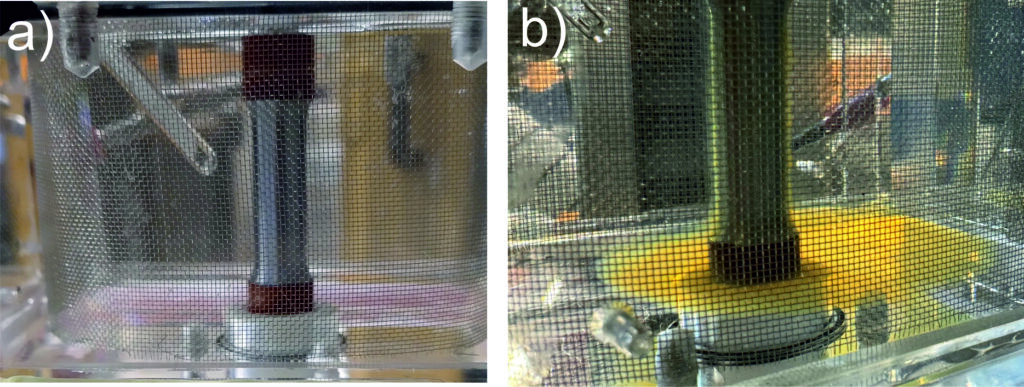In the research group of Engineering Materials and Building Preservation, the research focuses on reinforced and prestressed concrete structures, which form a significant part of our infrastructure. The investigations cover all aspects of the whole life cycle of a structure – from the design stage until demolition, which ranges over several decades. One aspect entails selecting and characterizing reliable and durable materials, including the service-life design in the design phase, especially for structures exposed to severe environments. During the service life, non-destructive condition assessment followed by performance prediction is of major importance, which could result in repair and rehabilitation and, in the worst case, demolition of a structure. In every phase of a structure’s life, in addition to the reliability of the structure, every decision in service life management affects the sustainability of a structure, which requires further decision-making. Our research provides the basis to design, build and sustainably maintain our structures with low emissions and resource efficiency in the future.
Research Scope
- Deterioration mechanisms and durability of concrete and reinforced concrete
- Experimental, numerical and probabilistic investigations of reinforcement corrosion
- Service-life design and estimation of the remaining service life of reinforced concrete structures
- Condition assessment of reinforced concrete structures using non-destructive testing and monitoring
- Reliability assessment of non-destructive testing methods
- Maintenance planning of reinforced concrete structures
- Sustainability assessment in the life cycle of reinforced concrete structures
- Building Information Modeling of existing structures
Photo of the month
January 2025

a) A rebar immersed in an alkaline solution in the passive state, minutes before the collapse of the passive film.
b) The moment when the passivation collapses, exposing the surface to the solution and therefore repassivation is not possible. The reason for this is strain-induced corrosion.
For more information contact Ahmad Takriti